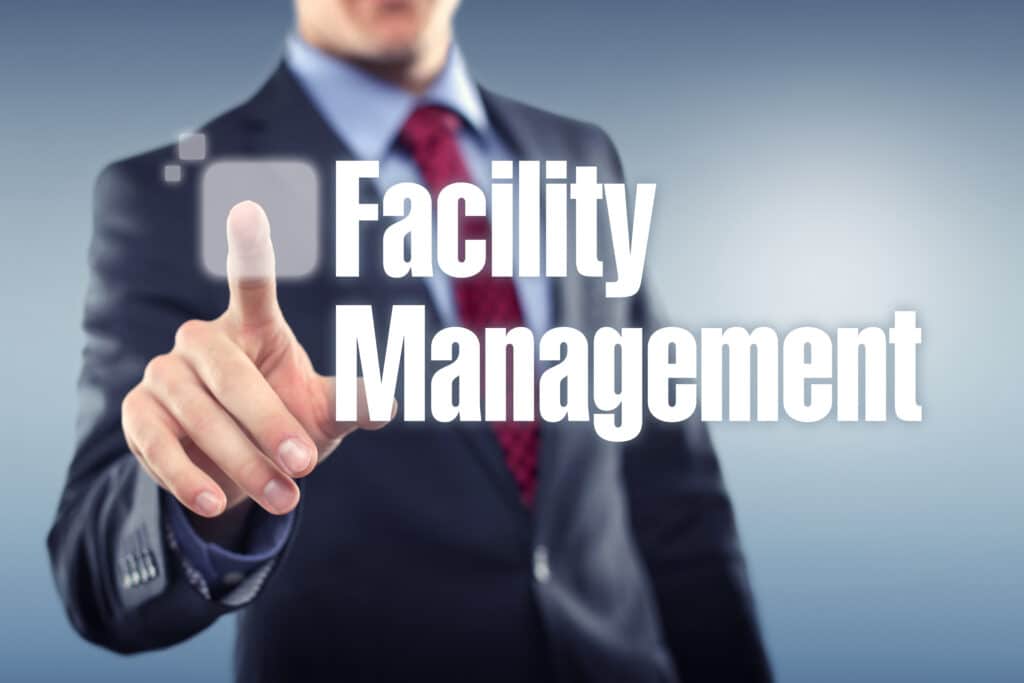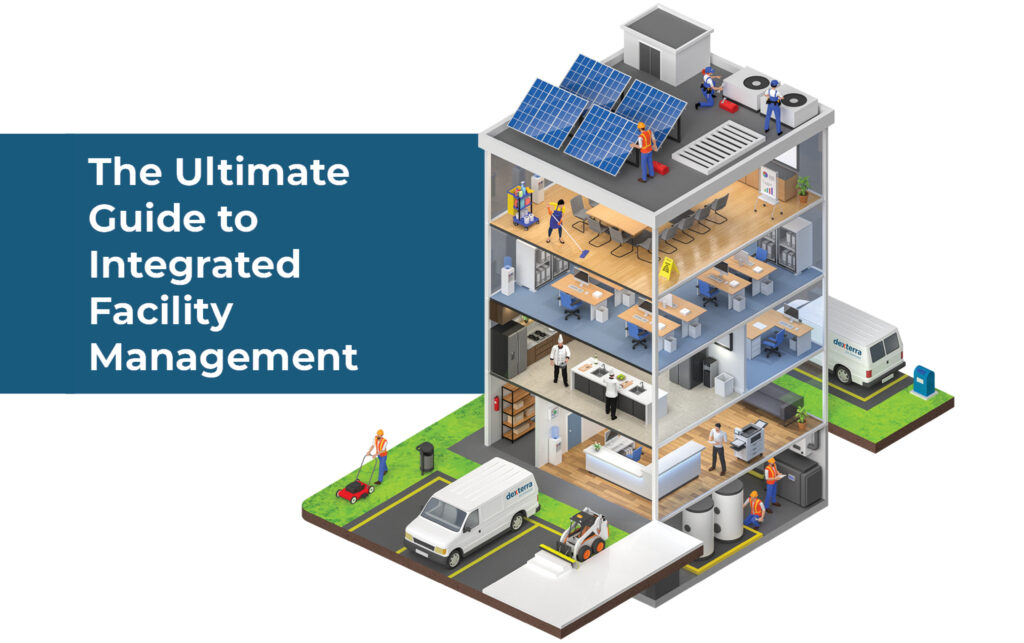Total Facility Management Explained: A Manual for Facility Managers
Total Facility Management Explained: A Manual for Facility Managers
Blog Article
How Total Facility Management Enhances Maintenance and Procedures
Total Facility Management (TFM) represents a transformative shift in just how organizations come close to upkeep and procedures. By leveraging data-driven techniques and incorporated innovation, TFM not just anticipates and mitigates prospective problems but also optimizes source allotment and boosts performance. The effects of adopting such an extensive framework expand beyond simple performance; they touch on sustainability and long-term asset preservation. As we explore the multifaceted advantages of TFM, one might question exactly how these practices can be customized to deal with distinct functional challenges.
Boosted Upkeep Methods
Enhanced Upkeep Methods are necessary for optimizing the efficiency and longevity of facilitiess. These strategies incorporate a systematic method to upkeep that highlights aggressive steps, anticipating analytics, and condition-based surveillance. By carrying out such strategies, organizations can successfully reduce unplanned downtimes and lessen functional disturbances.
One crucial element of boosted upkeep is using data-driven decision-making tools. These tools enable facility supervisors to assess historical performance data, identify patterns, and forecast prospective failures before they happen. This anticipating upkeep approach not just expands the life process of equipment but also improves security and compliance requirements.
Educating and encouraging upkeep employees are just as vital in executing enhanced strategies (Total Facility Management). Well-trained staff can perform routine inspections and address small problems before they intensify. Furthermore, taking on an extensive asset management system helps with tracking of equipment status, upkeep background, and scheduling of safety nets
Streamlined Operational Workflows
Optimizing operational operations is critical for the total effectiveness of facility management. By carrying out streamlined processes, companies can minimize redundancies, reduce delays, and boost performance. A well-structured operational workflow permits facility managers to allot sources efficiently, guaranteeing that jobs are finished in a timely fashion.
One secret aspect of structured workflows is the assimilation of innovation. Utilizing facilitiess management software can automate routine jobs such as work order management, stock tracking, and scheduling. This not just saves time yet likewise provides real-time data, enabling notified decision-making - Total Facility Management. Furthermore, clear interaction channels amongst team participants foster partnership and liability, even more enhancing operational performance.
Standardizing treatments is an additional vital part. Developing best methods assists make certain that all team member are straightened in their approach, decreasing the probability of mistakes and boosting solution delivery. Regular training and updates on workflow processes also play a vital role in preserving consistency and efficiency.
Eventually, structured functional operations add to a much more receptive facility management system, enabling organizations to concentrate on calculated campaigns instead of being stalled by management burdens. By prioritizing efficiency, facility supervisors can significantly enhance the total efficiency of their procedures.
Proactive Concern Resolution

Normal inspections and checking systems play an important duty in this process, allowing facility supervisors to gather data and prepare for potential failures. Furthermore, cultivating open communication networks amongst personnel urges the very early reporting of worries, further assisting in timely resolutions.
Applying a detailed facility management software program can simplify the tracking of upkeep activities and issue coverage, providing beneficial understandings into persisting troubles and their origin causes. This data-driven method enables for notified decision-making and prioritization of sources.
Inevitably, proactive issue resolution not only protects the stability of facility operations however likewise improves employee Learn More Here complete satisfaction and security. By spending in methods that concentrate on avoidance, organizations can produce a much more durable and efficient operational setting, establishing a strong structure for future growth and success.
Cost Efficiency and Source Management
How can organizations attain a balance between price effectiveness and effective source management in facility procedures? The combination of total facility management (TFM) gives a calculated framework that boosts financial efficiency while enhancing resource appropriation. By combining services, organizations can enhance procedures, minimize redundancies, and leverage economic situations of range.
Effective resource management begins with a thorough analysis of existing possessions and functional processes. Making use of data analytics, companies can identify underutilized sources and address inefficiencies. This enlightened method makes it possible for the application of targeted upkeep schedules, therefore prolonging property life and minimizing unexpected downtime.

Training and development of facility management workers additionally improve cost efficiency by outfitting them with the abilities required to handle resources judiciously. Inevitably, by taking on an alternative method to facility management, organizations can achieve substantial price savings while guaranteeing that operational performance stays a top concern.
Sustainability and Ecological Impact
The assimilation of total facility management (TFM) not just boosts cost effectiveness but likewise plays a pivotal function in promoting sustainability and minimizing environmental effect. By embracing an all natural technique to facility procedures, TFM facilitates the implementation of lasting methods that decrease resource intake and waste generation.
One of the key elements of TFM is the optimization of energy use. This consists of the adoption of energy-efficient technologies, routine maintenance of heating and cooling systems, and the use of wise structure management systems. These procedures not only reduced utility costs yet additionally considerably lower greenhouse gas discharges.
Additionally, TFM promotes the use of lasting products in facility maintenance and remodelling projects. By prioritizing green products and methods, facilitiess can minimize their general ecological impact while promoting healthier indoor atmospheres.

Conclusion
In verdict, Total Facility Management dramatically enhances maintenance and procedures with methodical methods that stress anticipating analytics and condition-based surveillance. The assimilation of modern technology improves operations, while thorough training cultivates skill advancement among personnel. Positive issue resolution reduces unintended downtime, adding to cost efficiency and ideal resource management. In addition, TFM promotes lasting practices, eventually leading to improved facility management end results and a society of constant improvement within companies.
Total Facility Management (TFM) stands for a transformative change in how companies come close to maintenance and operations. Making use of facilitiess management software program can automate routine tasks such as job order management, inventory tracking, and organizing.Just how can organizations accomplish an equilibrium in between cost effectiveness and efficient source management in facility operations? The assimilation of total facility management (TFM) offers a critical structure that boosts financial performance while maximizing source allocation.In final thought, Total Facility Management significantly enhances maintenance and operations via methodical techniques that highlight anticipating analytics and condition-based surveillance.
Report this page